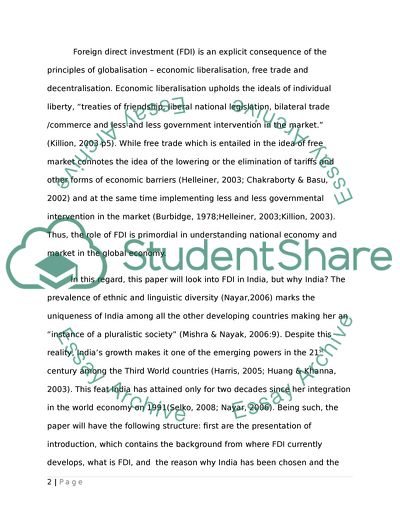Cite this document
(India Foreign Direct Investment (FDI) Analysis Essay, n.d.)
India Foreign Direct Investment (FDI) Analysis Essay. https://studentshare.org/macro-microeconomics/1734662-foreign-direct-investment-fdi-in-developing-countries
India Foreign Direct Investment (FDI) Analysis Essay. https://studentshare.org/macro-microeconomics/1734662-foreign-direct-investment-fdi-in-developing-countries
(India Foreign Direct Investment (FDI) Analysis Essay)
India Foreign Direct Investment (FDI) Analysis Essay. https://studentshare.org/macro-microeconomics/1734662-foreign-direct-investment-fdi-in-developing-countries.
India Foreign Direct Investment (FDI) Analysis Essay. https://studentshare.org/macro-microeconomics/1734662-foreign-direct-investment-fdi-in-developing-countries.
“India Foreign Direct Investment (FDI) Analysis Essay”. https://studentshare.org/macro-microeconomics/1734662-foreign-direct-investment-fdi-in-developing-countries.


